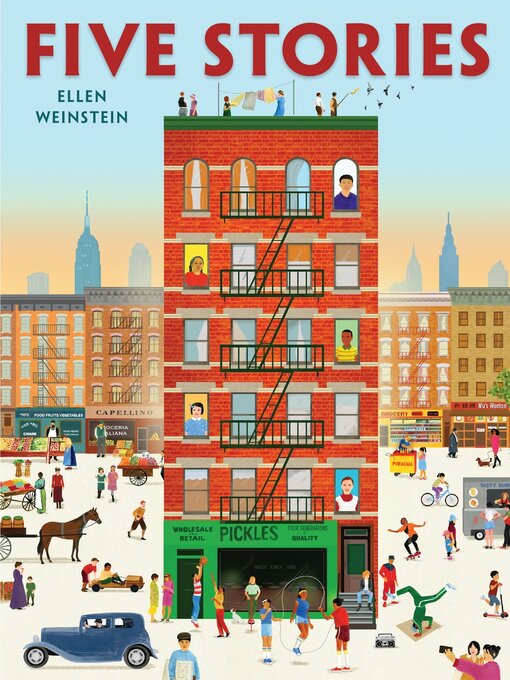Five children, from five different cultures and in five different decades, grow up in the same building on the Lower East Side of New York City.
Jenny Epstein and her family arrive on a steamship from Russia in the 1910s. Jenny writes letters in Yiddish to her grandmother, while practicing her English in her new neighborhood. By the 1930s, when Anna Cozzi and her Italian family move into the building, Jenny has become a teacher in Anna's school. Then José Marte moves in during the 1960s, Maria Torres in the 1980s, and Wei Yei in the Lower East Side of today.
Perfect for early elementary students, this cross section of American history celebrates themany diverse cultures that make up our nation—from the food we eat, to the ways we worship,and the families we love.
A Junior Library Guild Gold Standard Selection
A CSMCL Best Multicultural Children's Book of the Year
- Available now
- New eBook additions
- Try something different
- Most popular
- New kids additions
- New teen additions
- See all ebooks collections
- Available now
- New audiobook additions
- Try something different
- Most popular
- New kids additions
- New teen additions
- See all audiobooks collections
- News & Politics
- Home & Garden
- Business & Finance
- Health & Fitness
- Fashion
- Food & Cooking
- Crafts & Hobbies
- Tech & Gaming
- Sports
- Family & Parenting
- Celebrity
- Cars & Motorcycles
- Travel & Outdoor
- See all magazines collections


